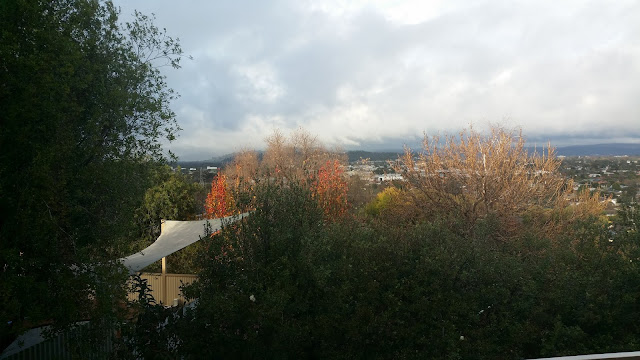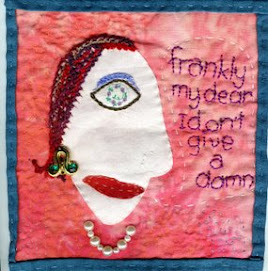I am a bit of an op shop addict? I can browse and touch. And if you buy, it’s
only a couple of dollars. Every so often
I come across a wonderful find. In a
holiday in Anglesea (Victoria) I discovered some wonderful pink dupion and old
linen begging for a new life.
 |
| sample worked from Edith John's book |
More recently I picked up a great book - Filling Stitches by Edith John. The book was published by Batsford in 1967
in with black and white diagrams. As a
result, it has wonderful contemporary graphic images. The instructions are clear and easy to
follow.
I have played with some of the patterns with perle, DMC and
machine threads and they create striking patterns. I
like to do crazy patchwork and I can see fillings and seam embellishments on
every page.
I couched down the threads but why stop there? All sorts of lines could be made with thick
and thin threads and heavy and light stitched lines. Why not raised chain band and chain. Or couch with detached chain. Or…
 |
| sample worked from Edith John's book |
I think the book should have been called ‘Design by Default’. When I see the drawings I think I could…
·
make a quilt
·
play with twine and raffia on hessian and make a
hanging
·
branch out and couch down chop sticks (wrapped
or not), textured wool or something found
·
applique in the traditional sense or
·
make a Mola design applique with embroidery.
 |
| Old Chiltern Cemetary, Victoria Wroung Ironwork - Grave surround |
Edith John had a number of curvey line ideas in her book. The wrought iron could be easily transposed as couched threads or applique.









